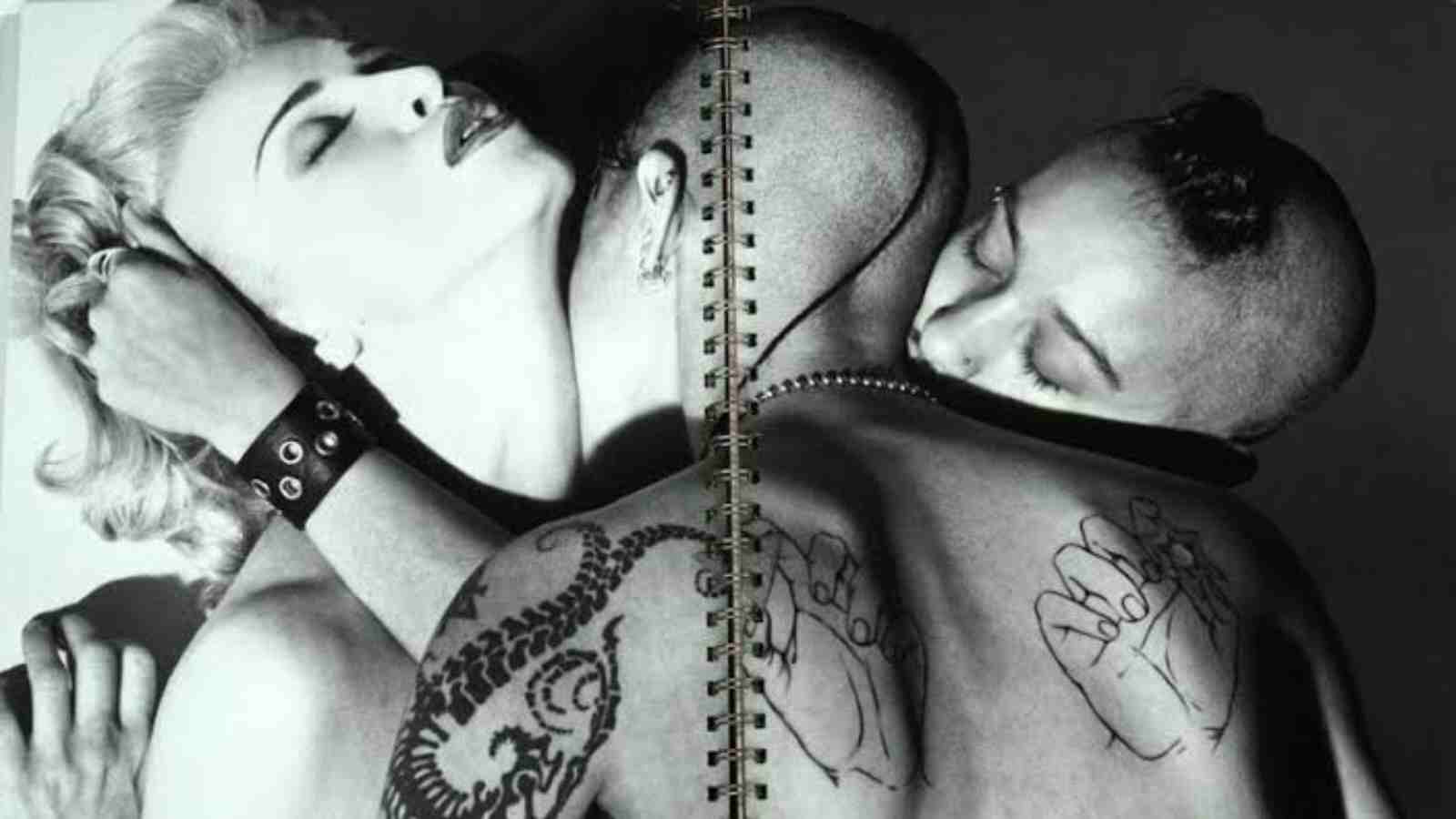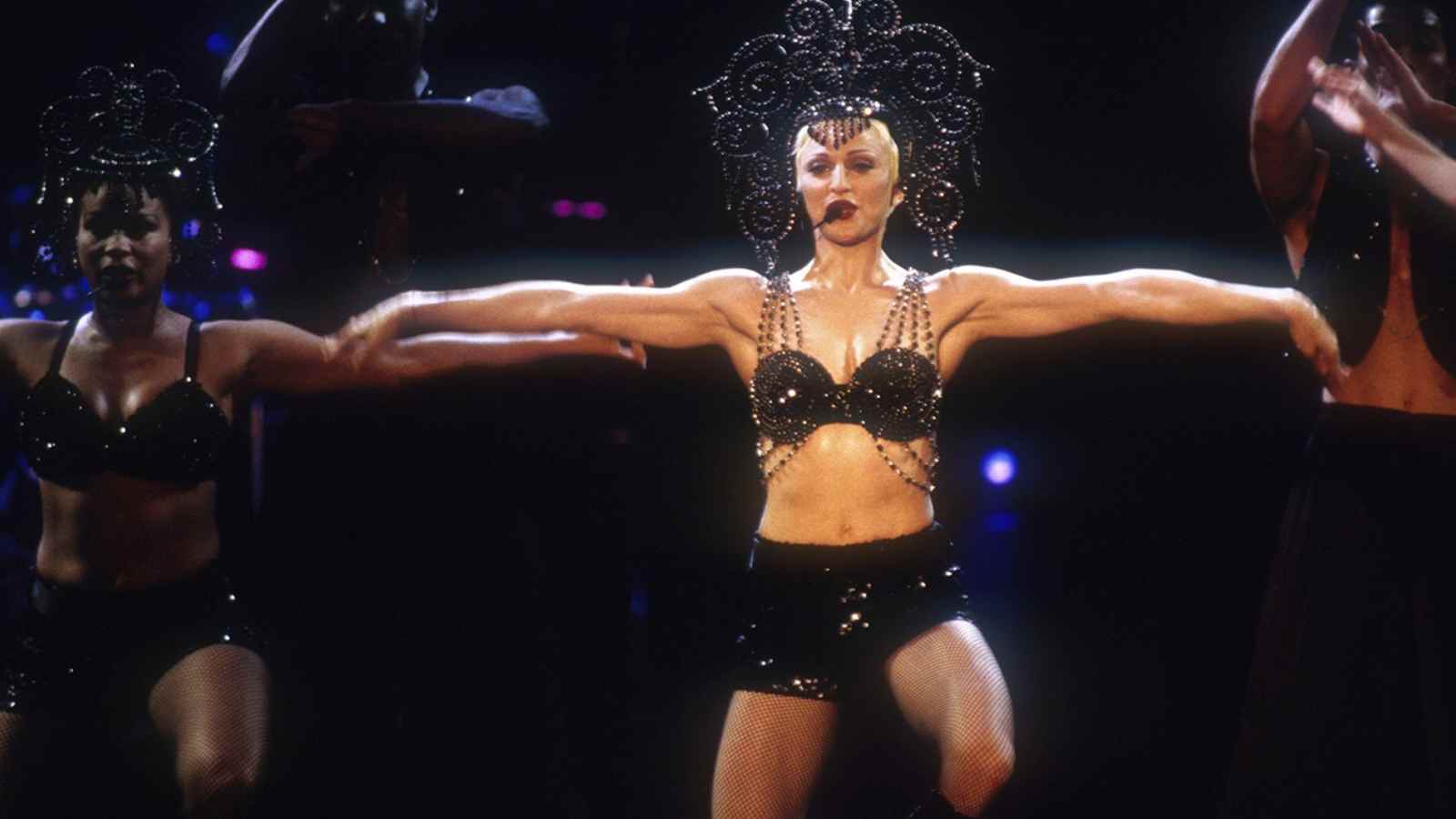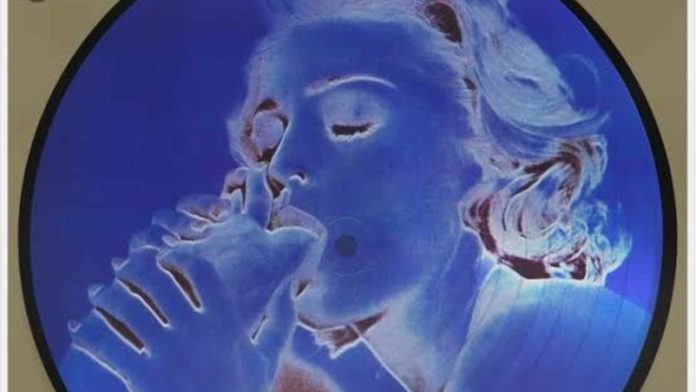Madonna is hands down the undisputed Queen Of Pop. Her rise to fame was one of the most awe-worthy journeys in the history of pop culture. Madonna was one of the pioneers of allyship, who became a voice for the LGBT community. Along with her activism, her music also reflected the celebration and pains of the community. Along with the LGBT, she was also an advocate of the expression of women’s sexuality.
When Madonna was at the peak of her career, she diverted her path from the pop genre, which gave her fame to experimentation. The artist experimented with her 1992 LP ‘Erotica’. The album had everything sonically experimental. Be it reggae, house, or hip-hop, it was well-encapsulated, genre-wise. However, the album unleashed Madonna’s alter personality Dita Parlo—who indulges herself in BDSM and bestiality. So, how did this album become the most controversial one in her discography?
“Why Should We Feel Ashamed Of Our Sexuality?”: Madonna Owned Her Sexuality

It has been thirty years since the queen of Pop unleashed the most intimate part of people’s lives: sex into the mainstream. It is one of the pioneering works of art where sexuality, especially that of women was talked about and her desires were sung out in the open. The album carved the path to go raunchy for women in music today. Madonna walked, so the women today could run! It was an unflinching, erotic visual, where the gaze is so internal that the audience felt to be a part of it. Because of it, it did not look vulgar and was just like a woman having fun expressing and executing her desires.
It was truly a culture reset when Madonna released this LP. She upped the ante when the then-banned music video of ‘Justify My Love’ was released. But, Madonna reached the peak when she released a companion coffee table book titled ‘Sex’.
The songstress had an infamous launch of it in a BDSM-themed bash in Industria Superstudio, Meatpacking District in Manhattan. People were releasing their sexual bestiality in different forms of sexual pleasure and on top of it was Madonna’s alter ego, Dita. She shot the coffee table book with Steven Maisel. In the book, she shared her take on sexuality when she wrote, “There is something comforting about being tied up. Like when you were a baby and your mother strapped you in the car seat.” It sold 150,000 copies on its debut day making it the New York Times Bestseller.
Also Read: Is Madonna Religious? Why Does She Think ‘Jesus Is Sexy’?
“They Undermine My Artistic Value”: The Artist On The Controversy Over Her Album

When Madonna went to promote the album in the U.K., Jonathan Ross interviewed her, and she reacted to the controversy. Madonna said, “The subject matter that I deal with – because it usually is about taboo subjects – people are so frightened of my ideas that they try to undermine my actual talent or any artistic value that may be in any of my work.” It was revolutionary for its time to mainstream sexual obsession, S&M, oral sex, dominance, and submission aspect of sex that too women’s sexuality!
The album was free from the male gaze due to Madonna’s creative control. However, the album was not all sex, leather, and lasciviousness. It was reflective. In an interview, DeLory, who worked with her on the album, talked about the song ‘In This. He said, “The song ‘In This Life’ was very serious. It was just nice to go into the studio and share our voices on that, which we could all relate to with what was going on, losing friends to AIDS.” The album, too, had elements of effectiveness and existentialism.
Though we have come a long way, there is still a stigma attached to the unapologetic expression of female sexuality. When Cardi B and Megan Thee Stallion’s WAP’ was released, many people brought the artists down and heavily criticized their morality. However, women are still pushing the envelope. Lucy O’Brien, author of ‘Madonna: Like an Icon” said, “There’s more opportunity for all kinds of sexualities and expression of that. It’s a lot freer in terms of the sexual or gender landscape.”
Also Read: Madonna Net Worth 2022: How Rich Is The Queen Of Pop?


![Madonna - Justify My Love (Official Video) [HD]](https://firstcuriosity.com/wp-content/cache/flying-press/aae8a3a477455d5751816743980dcfa8.jpg)



